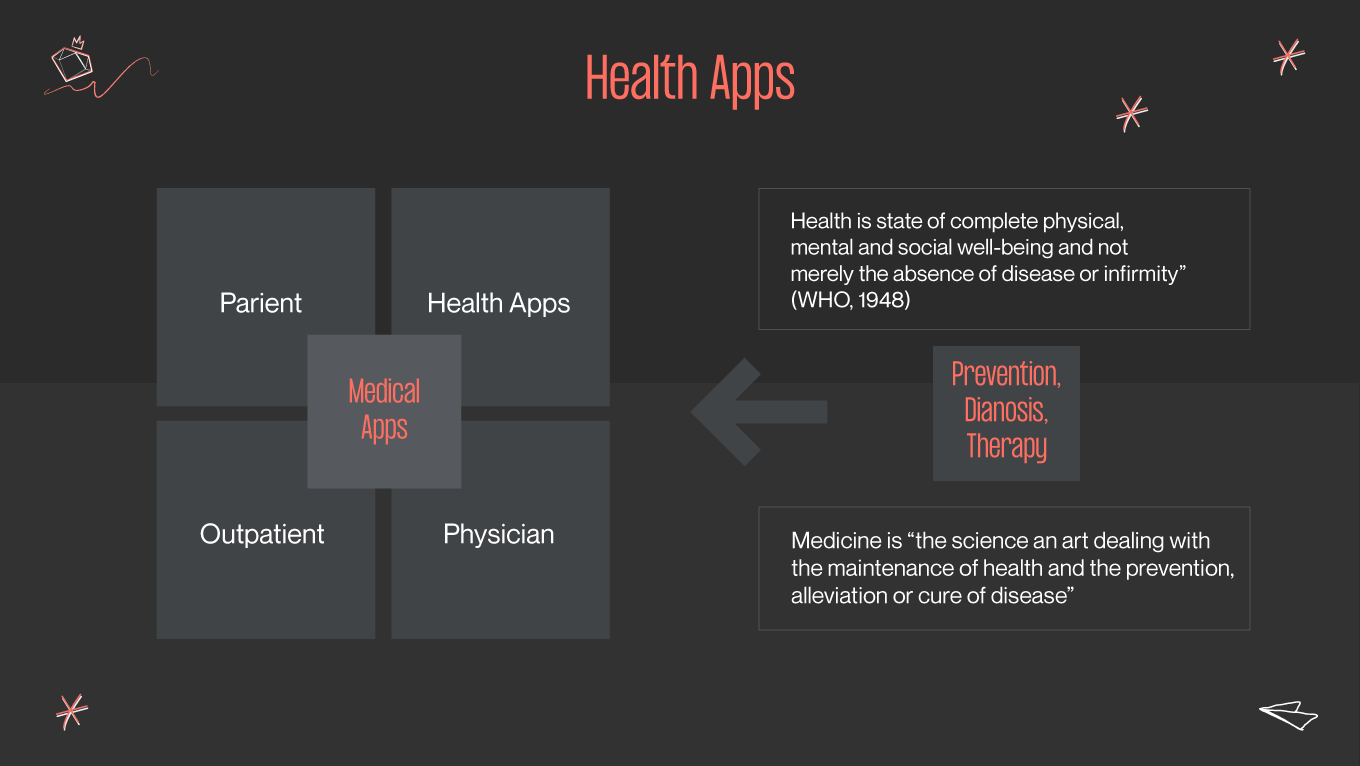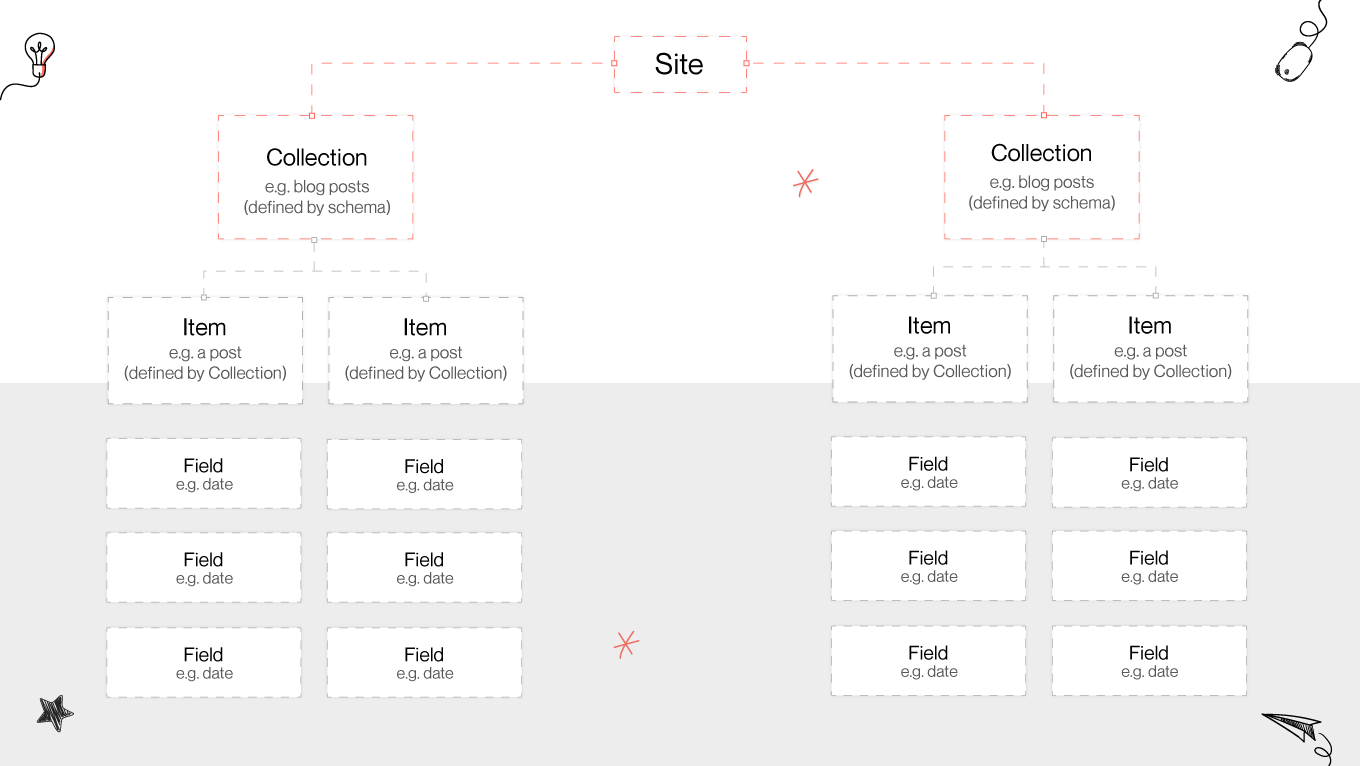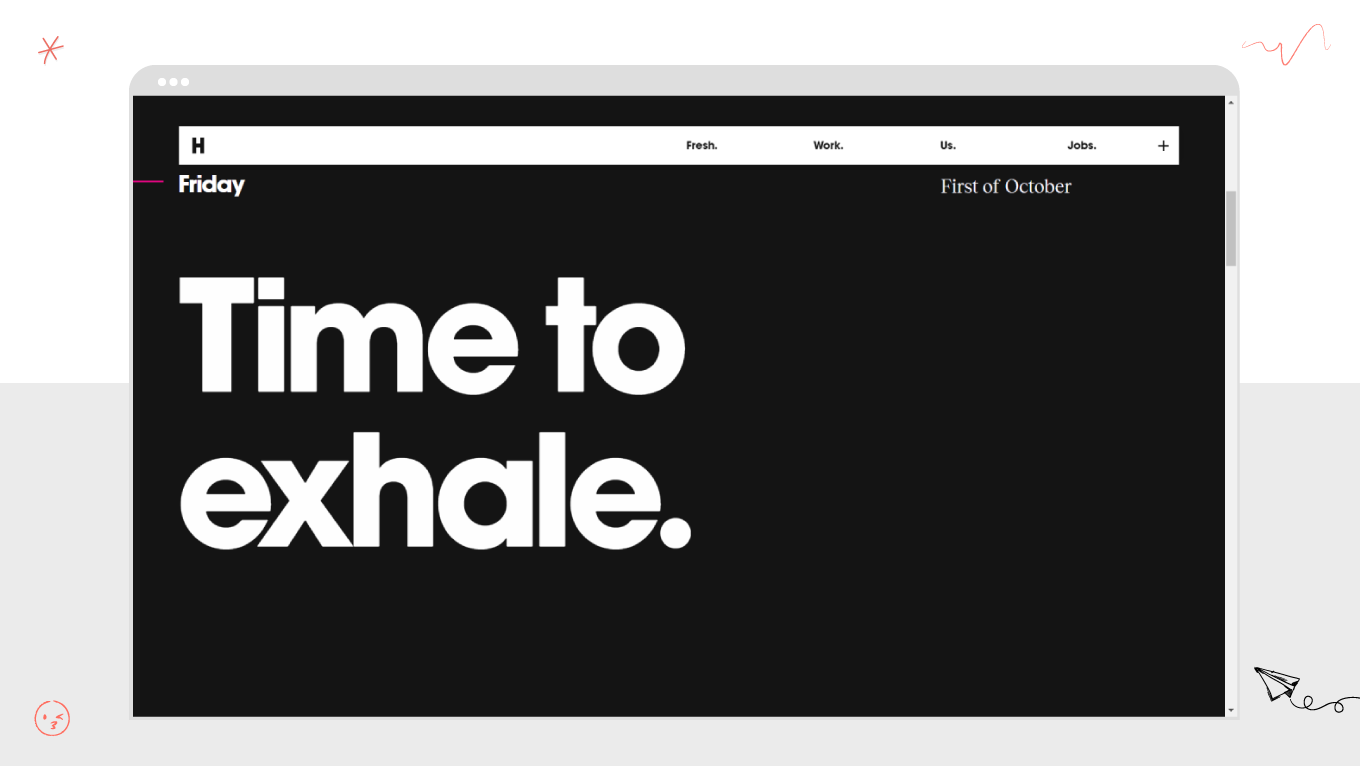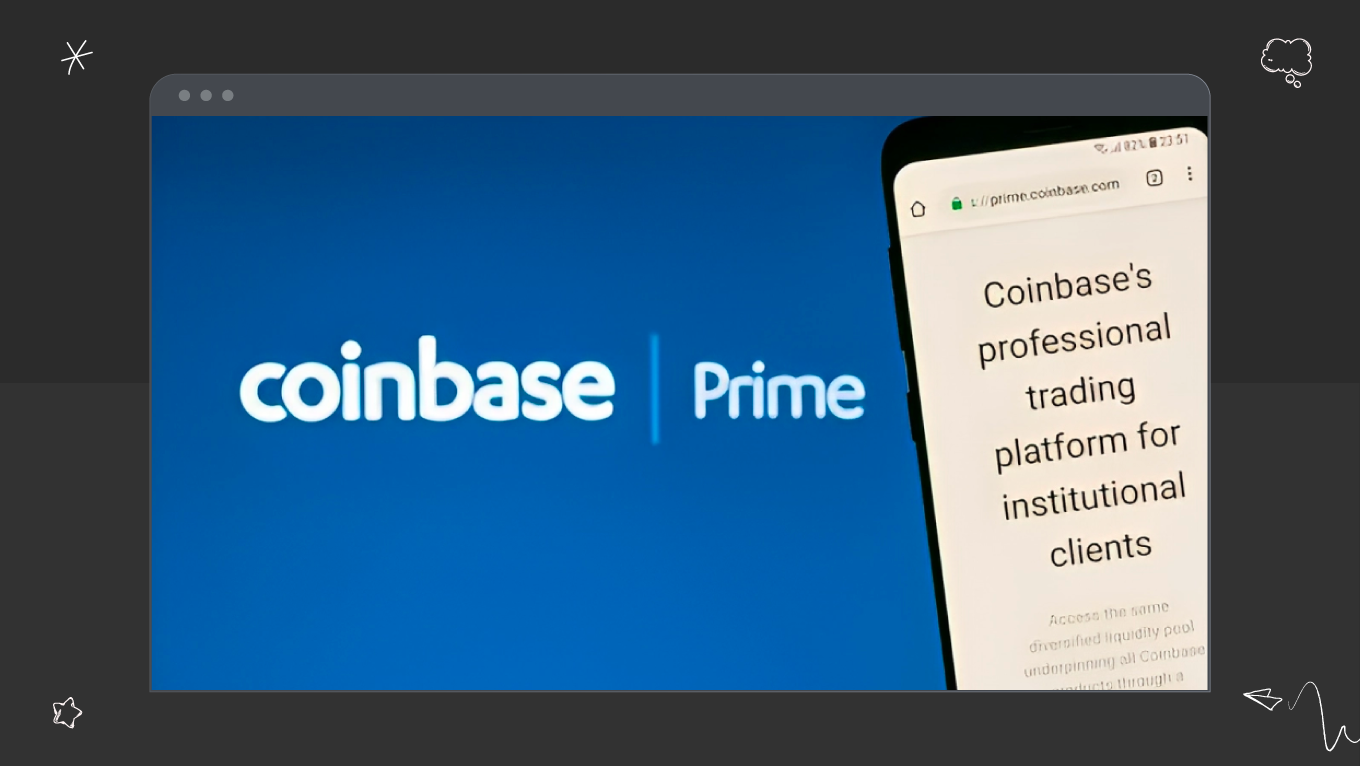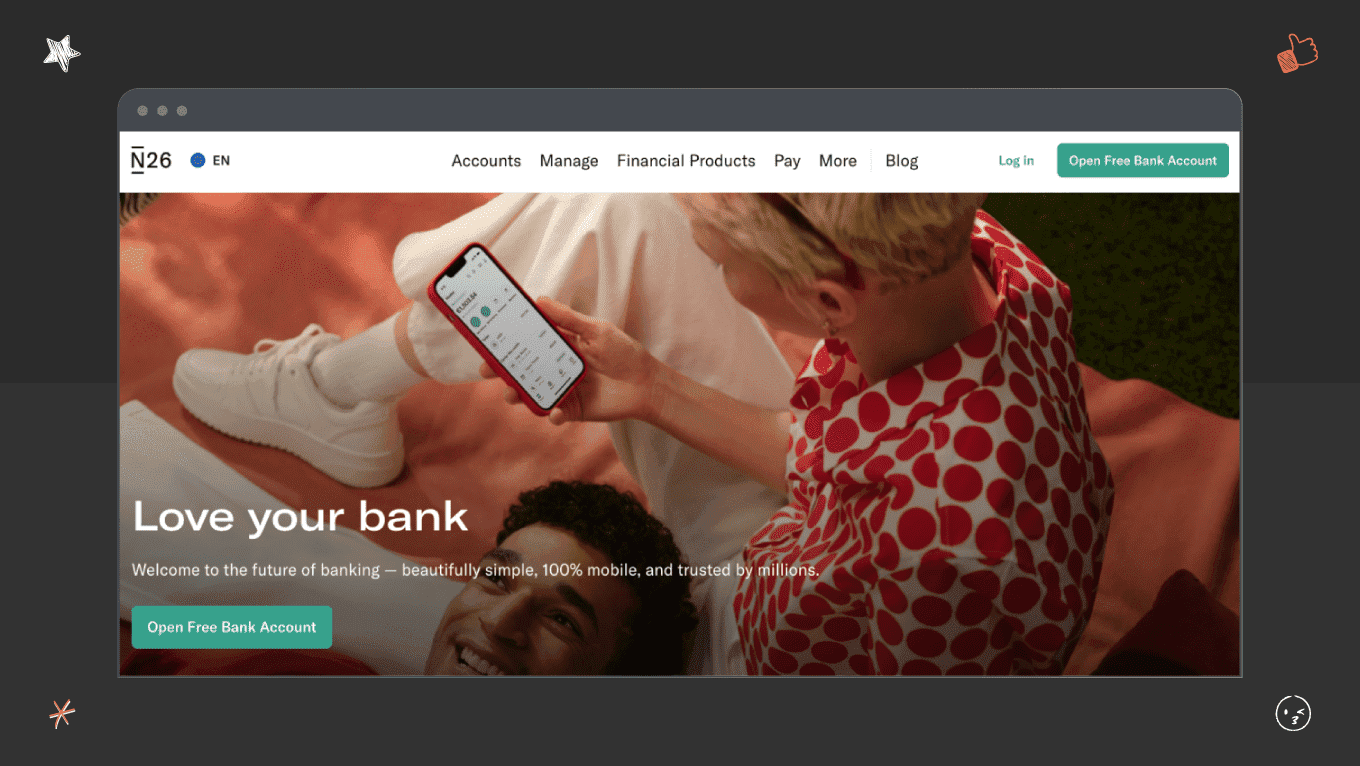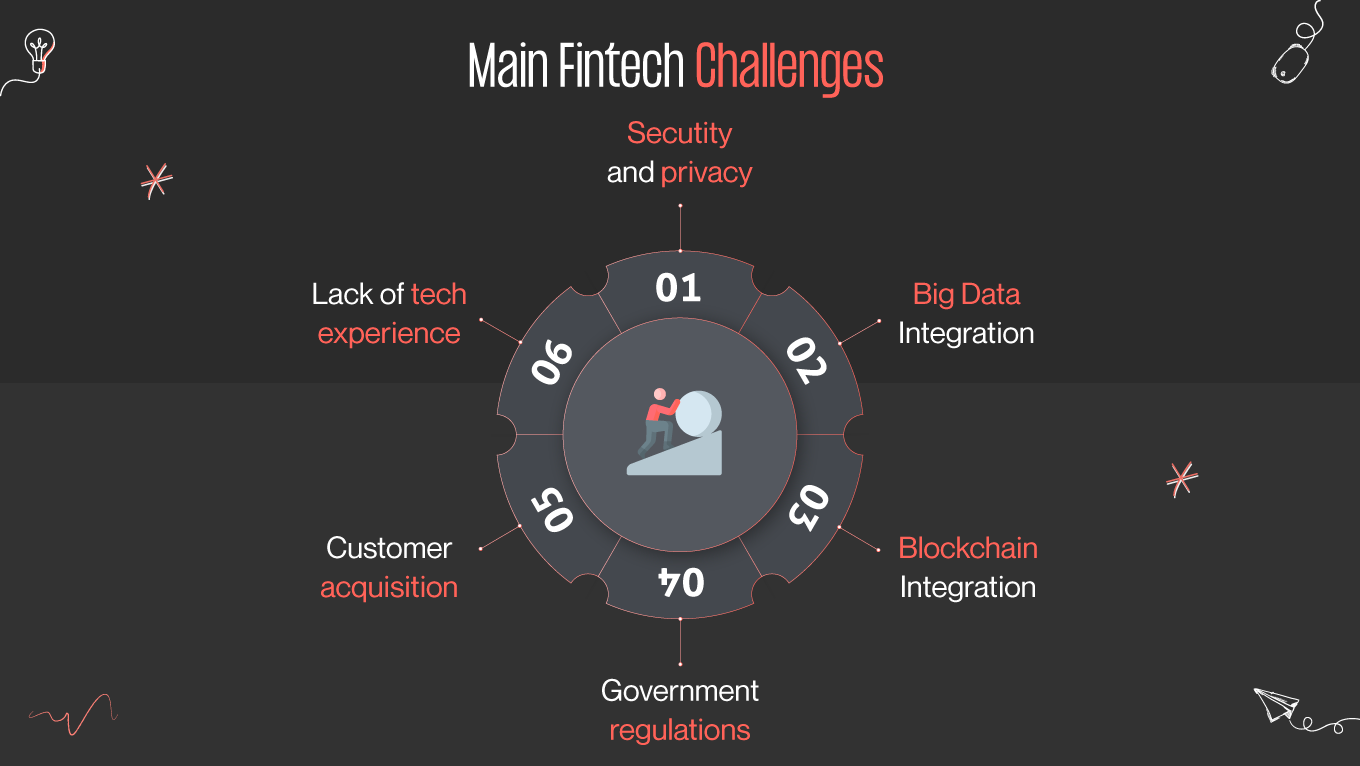In today's digital age, a solid online presence is crucial for businesses operating in the financial services industry. A well-designed website can help these companies attract and retain customers, build trust, and showcase their expertise. In this ultimate guide, we will delve into the world of financial services web design and explore the key elements that make for a thriving fintech website.


